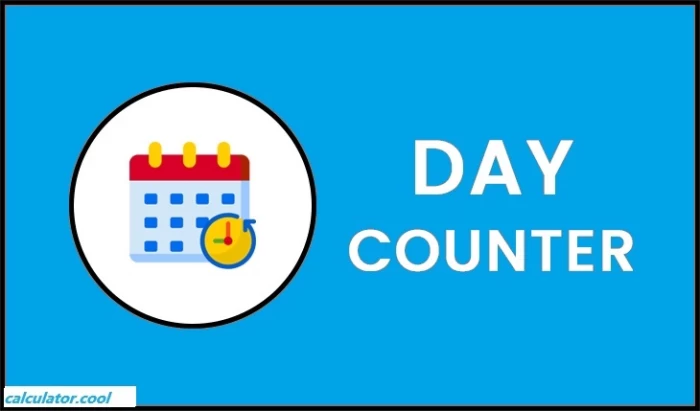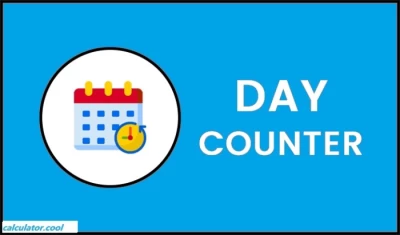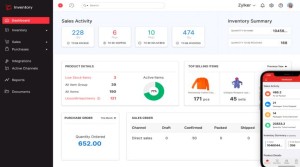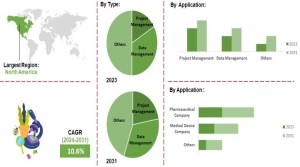Transform Your Life - Mastering Time With Day Counters
Discover the magic of day counters and revolutionize your life. Unleash precision, versatility, and simplicity as you master time with our day counter algorithm. From project management to fitness tracking, count-down to special occasions with ease.
Dive into the era where time is of the essence and every second counts. In the past, our ancestors relied on the sun, sand clocks, and sundials to measure the passage of time. Fast forward to the present, and we find ourselves in a world where precision matters more than ever. Enter the humble yet powerful tool - the day counter, a modern solution to an age-old need.
Evolution of Timekeeping
Imagine a time when tracking days meant observing the movement of shadows and deciphering celestial patterns. Our ancestors were resourceful, using sundials and other primitive methods to gauge the passage of time. However, as societies progressed and global interactions increased, the need for a standardized and efficient timekeeping system became evident. This led to the development of clocks, calendars, and, eventually, digital day counters. These tools have become an indispensable part of our lives, offering accuracy and convenience that our ancestors could only dream of.
Day Counter
In a world where everything is going at the speed of light, staying organized and on top of deadlines is crucial. This is where day counters step in as silent contributors to our daily lives. It is a simple yet potent tool that calculates the number of days between two dates or helps count down to a specific event. Whether you're planning a project or tracking your fitness journey, it is your reliable companion for anticipating a special occasion.
Algorithm
The method relies on "doomsdays", which are particular dates that consistently occur on a specific day of the week within a particular year. Although these dates remain constant across all years, the specific day of the week on which they fall changes from year to year. Let's break down the doomsday algorithm in simple terms. Imagine each century has a special day called the "anchor day". The 20th century's anchor day is Tuesday, while the 21st century's anchor day is Sunday. This anchor day cycle repeats every 400 years.
Now, each century has its own "doomsday". To find it, we add a specific value based on the century. For instance, for the 1900s, it's 2 (Tuesday), and for the 2000s, it's 0 (Sunday). Next, we calculate a "year code" for the specific year. This means taking the last two digits of the year and doing some calculations. Every month has its own code. January and February are unique; they get codes 3 and 28 (or 29 for leap years). The other months have their own unique codes, too.
Now comes the fun part - figuring out the day of the week for a specific date. We combine the anchor day, the doomsday for the century, the year code, and the month codes. Toss them all into the mix, and voila! You've got the day of the week for your date. So, let's say you're curious about the day your grandma was born. Use the doomsday algorithm with the anchor day for her century, and the doomsday value, consider the year code, and factor in the month code. That magical combo will reveal the day of the week when your grandma made her debut in the world. It's like a secret code for decoding dates.
Benefits and Real-Life Applications
-
Simplicity
It is user-friendly, requiring minimal input. Enter the start and end dates, and there - you have the precise number of days.
-
Versatility
From calculating project timelines to tracking personal goals, these counters adapt to various scenarios. Their versatility makes them an essential tool for anyone looking to manage time effectively.
-
Precision
Unlike traditional methods that might involve manual calculations, it provides precise results in seconds - no more room for errors or miscalculations.
-
Project Management
In the professional realm, managing projects involves tight schedules and deadlines. It streamlines project planning by offering a clear overview of timelines, helping teams stay on track and meet targets.
-
Fitness Tracking
Whether you're embarking on a fitness journey or training for an event, it becomes your fitness buddy. Set milestones, track progress, and celebrate achievements by counting the days towards your goals.
-
Special Occassions
From weddings to vacations, life is filled with memorable moments. Use it to create anticipation and excitement as you count down to these joyous occassions.
Dive into the era where time is of the essence and every second counts. In the past, our ancestors relied on the sun, sand clocks, and sundials to measure the passage of time. Fast forward to the present, and we find ourselves in a world where precision matters more than ever. Enter the humble yet powerful tool - the day counter, a modern solution to an age-old need.
Evolution of Timekeeping
Imagine a time when tracking days meant observing the movement of shadows and deciphering celestial patterns. Our ancestors were resourceful, using sundials and other primitive methods to gauge the passage of time. However, as societies progressed and global interactions increased, the need for a standardized and efficient timekeeping system became evident. This led to the development of clocks, calendars, and, eventually, digital day counters. These tools have become an indispensable part of our lives, offering accuracy and convenience that our ancestors could only dream of.
Day Counter
In a world where everything is going at the speed of light, staying organized and on top of deadlines is crucial. This is where day counters step in as silent contributors to our daily lives. It is a simple yet potent tool that calculates the number of days between two dates or helps count down to a specific event. Whether you're planning a project or tracking your fitness journey, it is your reliable companion for anticipating a special occasion.
Algorithm
The method relies on "doomsdays", which are particular dates that consistently occur on a specific day of the week within a particular year. Although these dates remain constant across all years, the specific day of the week on which they fall changes from year to year. Let's break down the doomsday algorithm in simple terms. Imagine each century has a special day called the "anchor day". The 20th century's anchor day is Tuesday, while the 21st century's anchor day is Sunday. This anchor day cycle repeats every 400 years.
Now, each century has its own "doomsday". To find it, we add a specific value based on the century. For instance, for the 1900s, it's 2 (Tuesday), and for the 2000s, it's 0 (Sunday). Next, we calculate a "year code" for the specific year. This means taking the last two digits of the year and doing some calculations. Every month has its own code. January and February are unique; they get codes 3 and 28 (or 29 for leap years). The other months have their own unique codes, too.
Now comes the fun part - figuring out the day of the week for a specific date. We combine the anchor day, the doomsday for the century, the year code, and the month codes. Toss them all into the mix, and voila! You've got the day of the week for your date. So, let's say you're curious about the day your grandma was born. Use the doomsday algorithm with the anchor day for her century, and the doomsday value, consider the year code, and factor in the month code. That magical combo will reveal the day of the week when your grandma made her debut in the world. It's like a secret code for decoding dates.
Benefits and Real-Life Applications
-
Simplicity
It is user-friendly, requiring minimal input. Enter the start and end dates, and there - you have the precise number of days.
-
Versatility
From calculating project timelines to tracking personal goals, these counters adapt to various scenarios. Their versatility makes them an essential tool for anyone looking to manage time effectively.
-
Precision
Unlike traditional methods that might involve manual calculations, it provides precise results in seconds - no more room for errors or miscalculations.
-
Project Management
In the professional realm, managing projects involves tight schedules and deadlines. It streamlines project planning by offering a clear overview of timelines, helping teams stay on track and meet targets.
-
Fitness Tracking
Whether you're embarking on a fitness journey or training for an event, it becomes your fitness buddy. Set milestones, track progress, and celebrate achievements by counting the days towards your goals.
-
Special Occassions
From weddings to vacations, life is filled with memorable moments. Use it to create anticipation and excitement as you count down to these joyous occassions.
Conversation
Latest Blogs
© Blog CoolCalculator, Explore CoolCalculator, your destination for the latest insights, tips, and updates on the world of online calculators. Stay informed and make your calculations smarter with our blog. ,
Designed
by Saad Media Team , Team Lead M.Rizwan Akhtar














